Dear Steemians!
@ness.james and I are expecting a little girl in December and this is the first time I've taken photos since coming back to Australia from several weeks in Japan. Needless to say, we're very excited but have been struggling to find time to capture some lovely images.
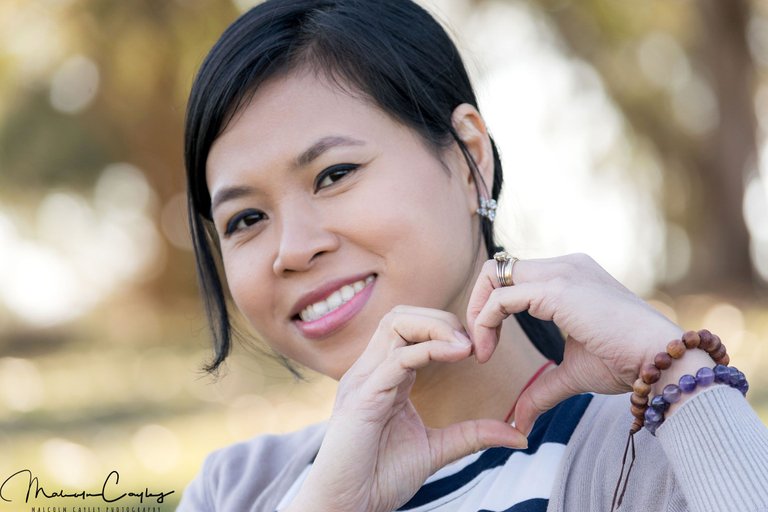
It was a pleasure to be back behind the lens happily snapping away. I love getting close up most of all because everything looks fantastic behind the lens when the lighting is exciting and the composition is cinematic. I love cinema and framing my shots to replicate my favourite shots from different films is how I try to compose.
Equipment
Camera: Nikon D3300
Lens: Nikkor AF-S 55-300mm
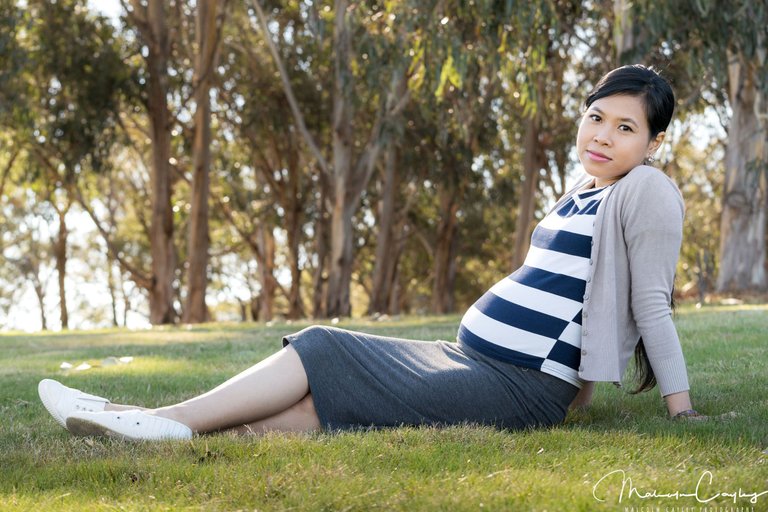
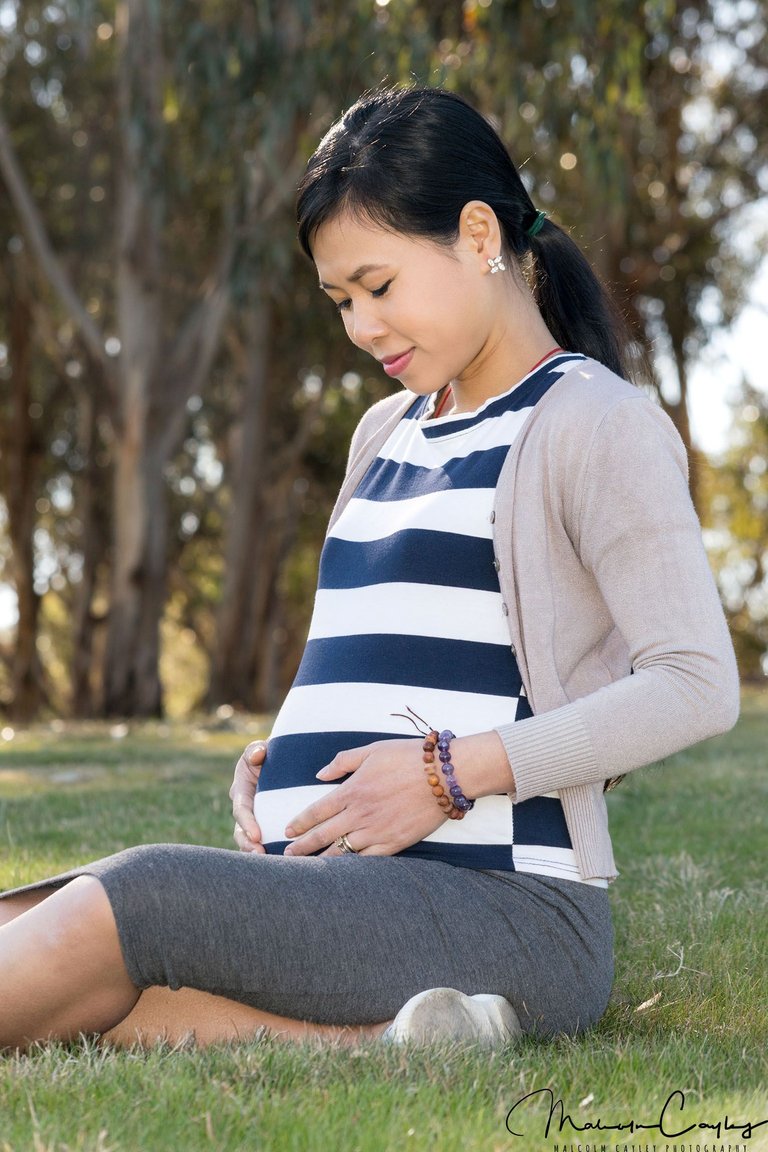
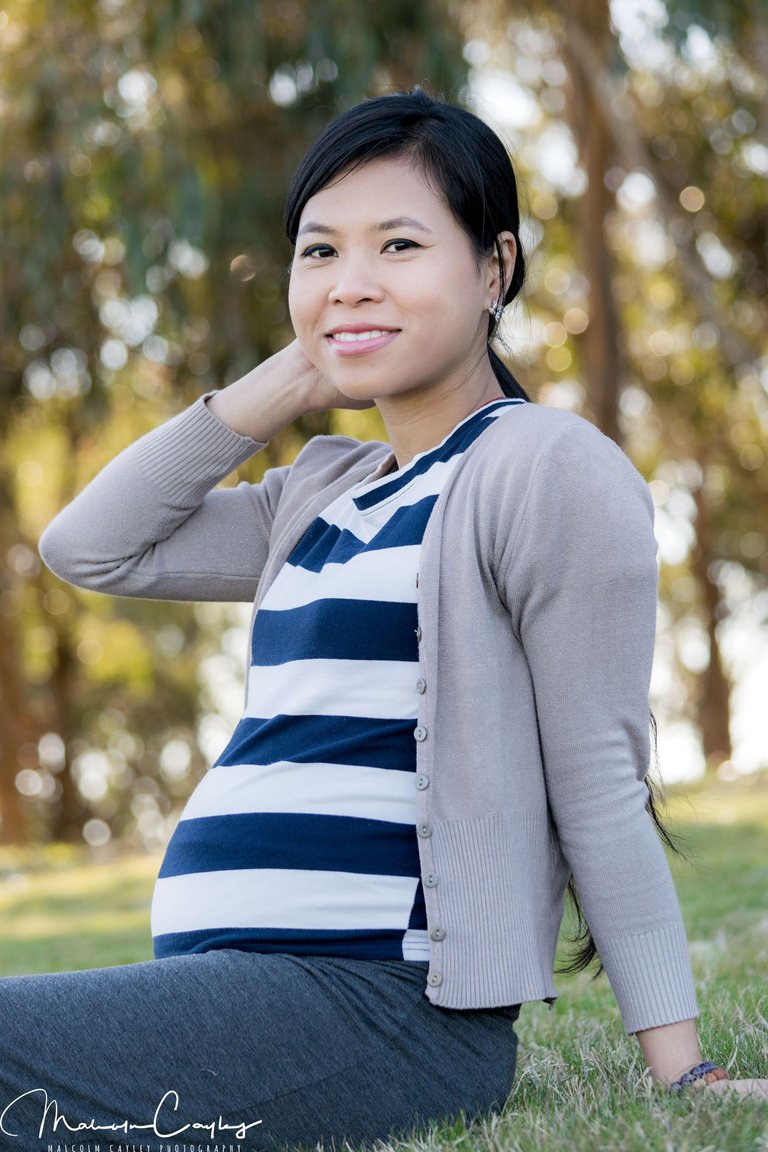
These images I shot at 2pm. The sky was clear so I used the trees in the background to back-lit the shots and create wonderful bokeh effects (the little balls of colours caused by specular light - highlights - in the background). Every lens makes bokeh look different and I love the lack of smoothness and the little effects that happen when the light interacts with the background and the lens blurs them together into what could only be described as another world. Some people judge bokeh by its smoothness (these shots are not what you would describe as smooth bokeh) but I really like the little "interruptions" caused by the lens.
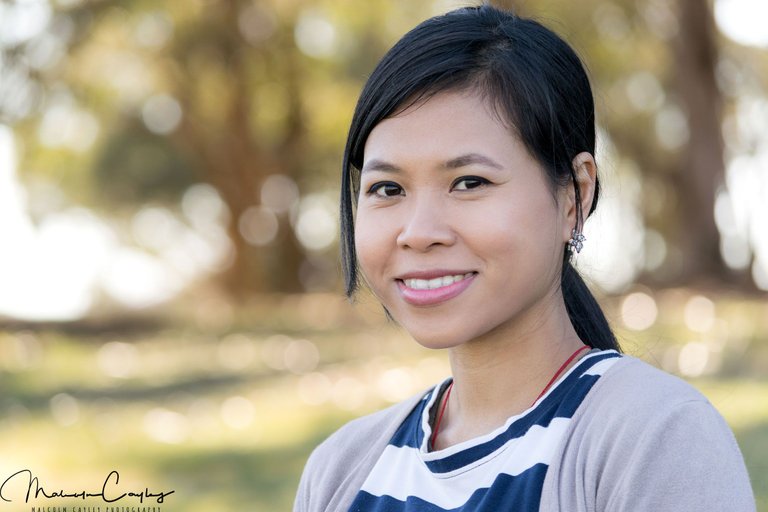
How to Achieve this Effect
Distance is key. Aperture helps and having a wide open lens (lower aperture Fstop like F2.0) also helps but the key to getting shots like this is to put some distance between your subject and the background. The greater the distance the more blur which you can reduce somewhat with your aperture (this is why I always suggest you shot manual for ultimate control). Overdoing bokeh is called being a "bokeh-whore" which is not necessarily a bad thing if that is what you're going for. I love the warmth of the afternoon light hitting my background so I usually shoot like this. In order to correctly expose your subject when back-lit and in shadow I usually just use the in-camera fill flash but sometimes even that is not necessary with the correct settings.
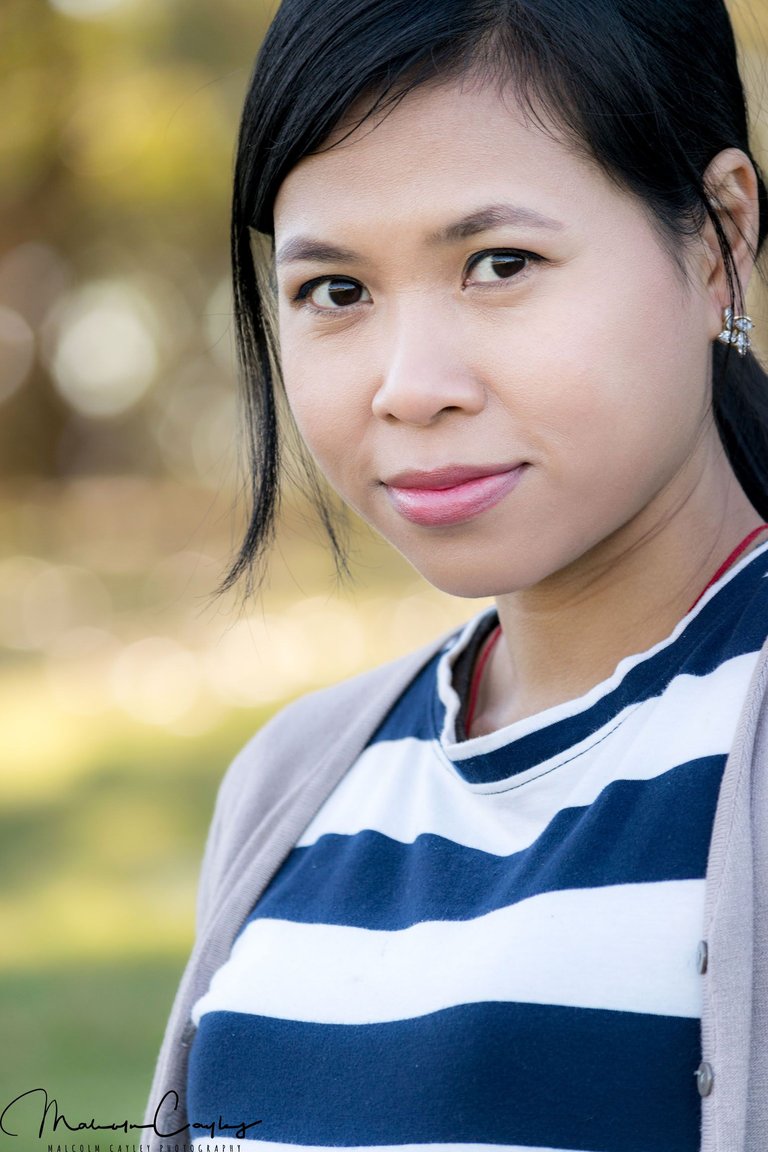
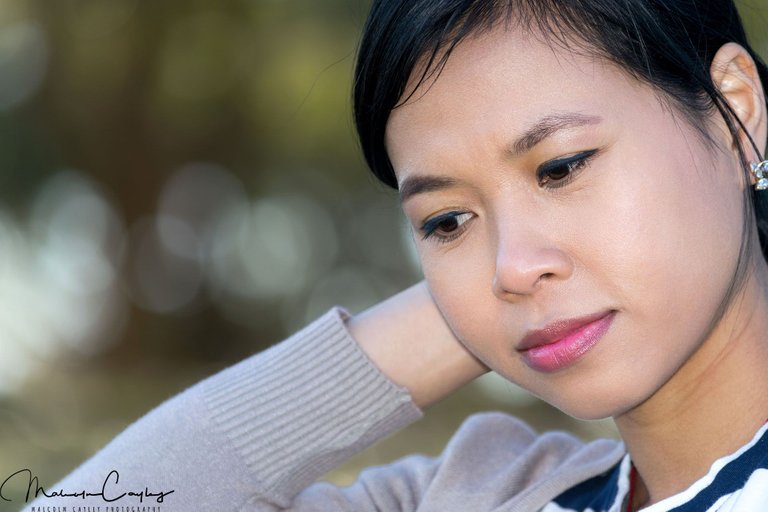
In post-production (Photoshop, Lightroom etc.), you will need to adjust the colour balance because you're shooting in shadow. The camera will interpret the colour from the shadow instead of the warmth you will see with your eyes when shooting. If you notice your photos are too warm or cool this is because the camera has made some decisions for you. I shoot RAW and leave the colour balance on auto because I know shooting RAW will keep all the extra data and I have complete control in the comfort of my own home to adjust it to my heart's content. I know I usually recommend doing things manually and in-camera but some things are easier and more effective to take care of afterwards; colour balance is one of these things because it is a pain and needs to be constantly adjusted if set to anything but auto in the camera.
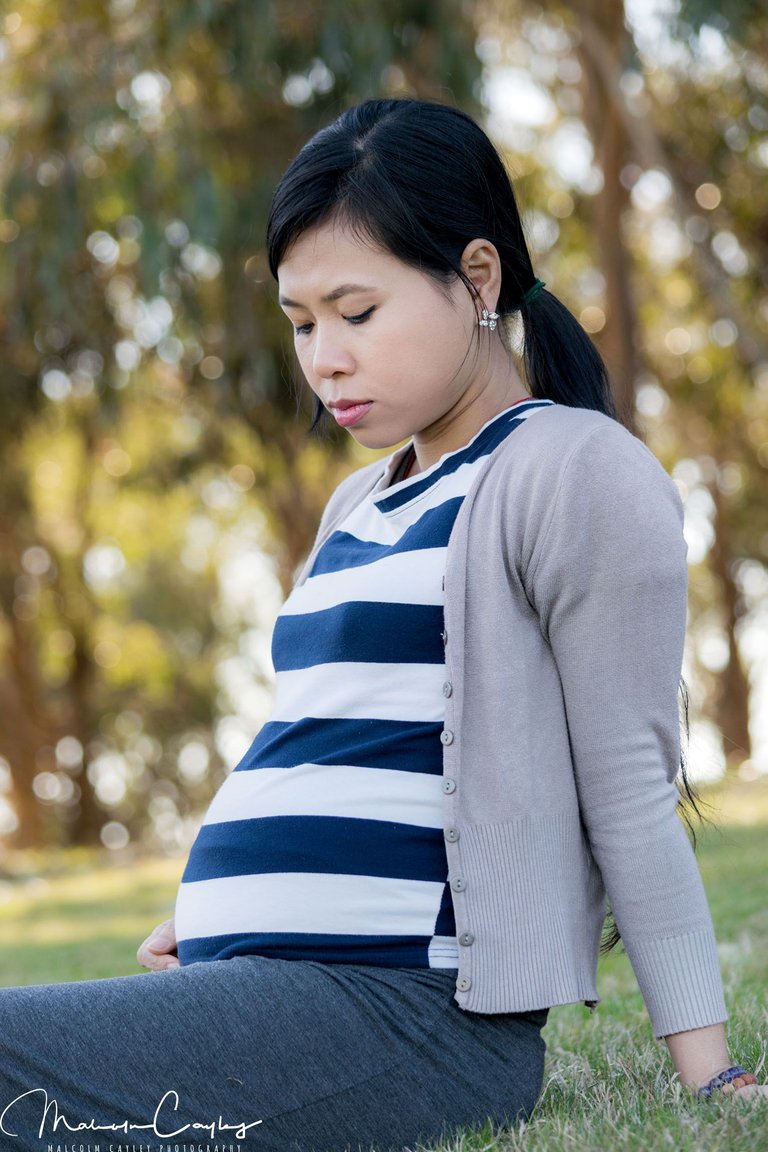
I was using a telephoto lens when I took these which allowed me to zoom in by changing my focal length. Although I didn't change my shooting location I changed the way distance is being interpreted between myself and the subject by zooming which, as you can tell from the photos above, increases the bokeh effect by blurring the background even more.
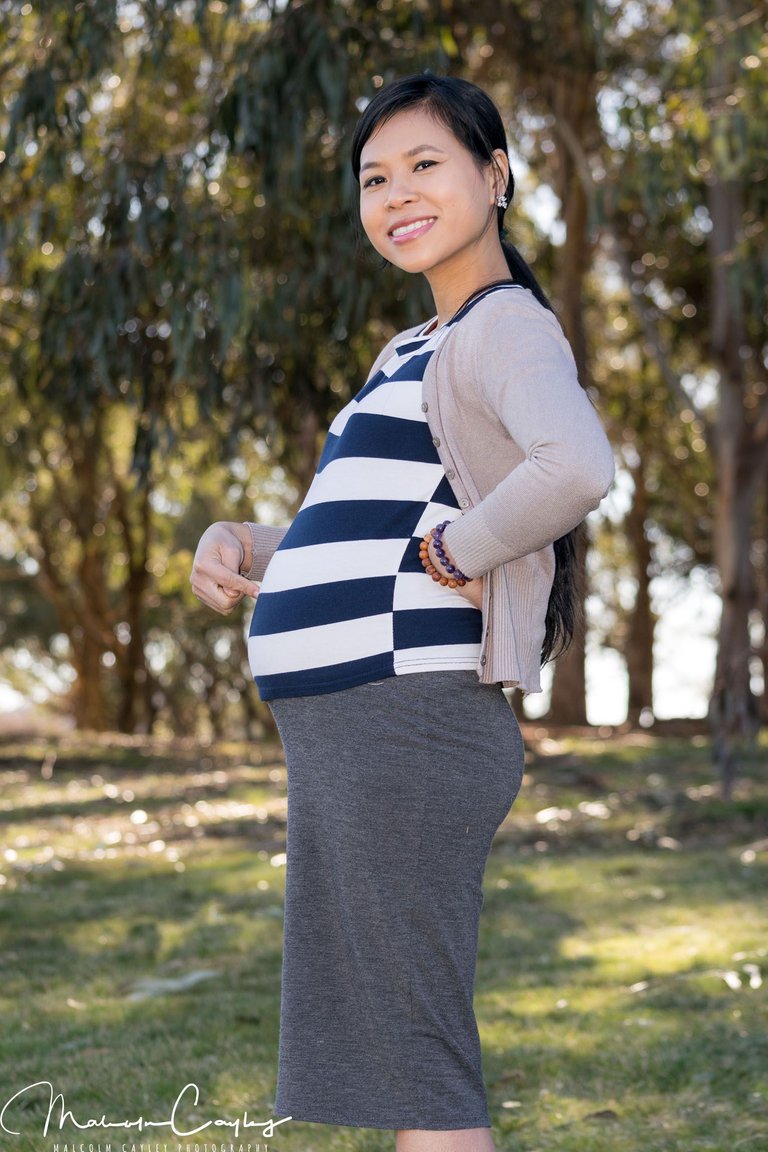
In short, place the sun in front of your lens with some natural diffuser to soften the light and bring the background to life. Use a fill flash if you're having trouble with exposure. Finally, practice makes perfect.
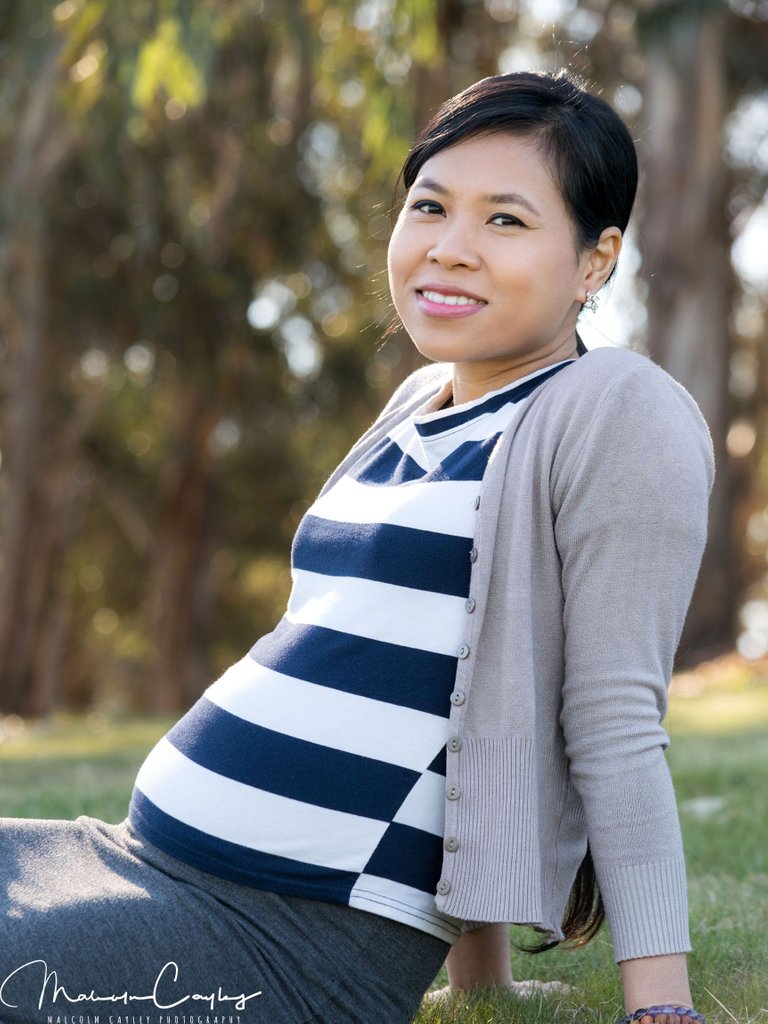
Thanks for reading! Questions, comments, and polite feedback most welcome :)
If you have some techniques for dealing with natural light please share them in the comments below!
Great and thourough explanation of bokeh to those that so not know how to work it illustrated by quality images. Hope to see some.images of your newborn soon! :))
Thanks for the feedback :) Hope so too, she's due in December :D Followed :)
Keep steeming mate :)
Take a good care.
meep